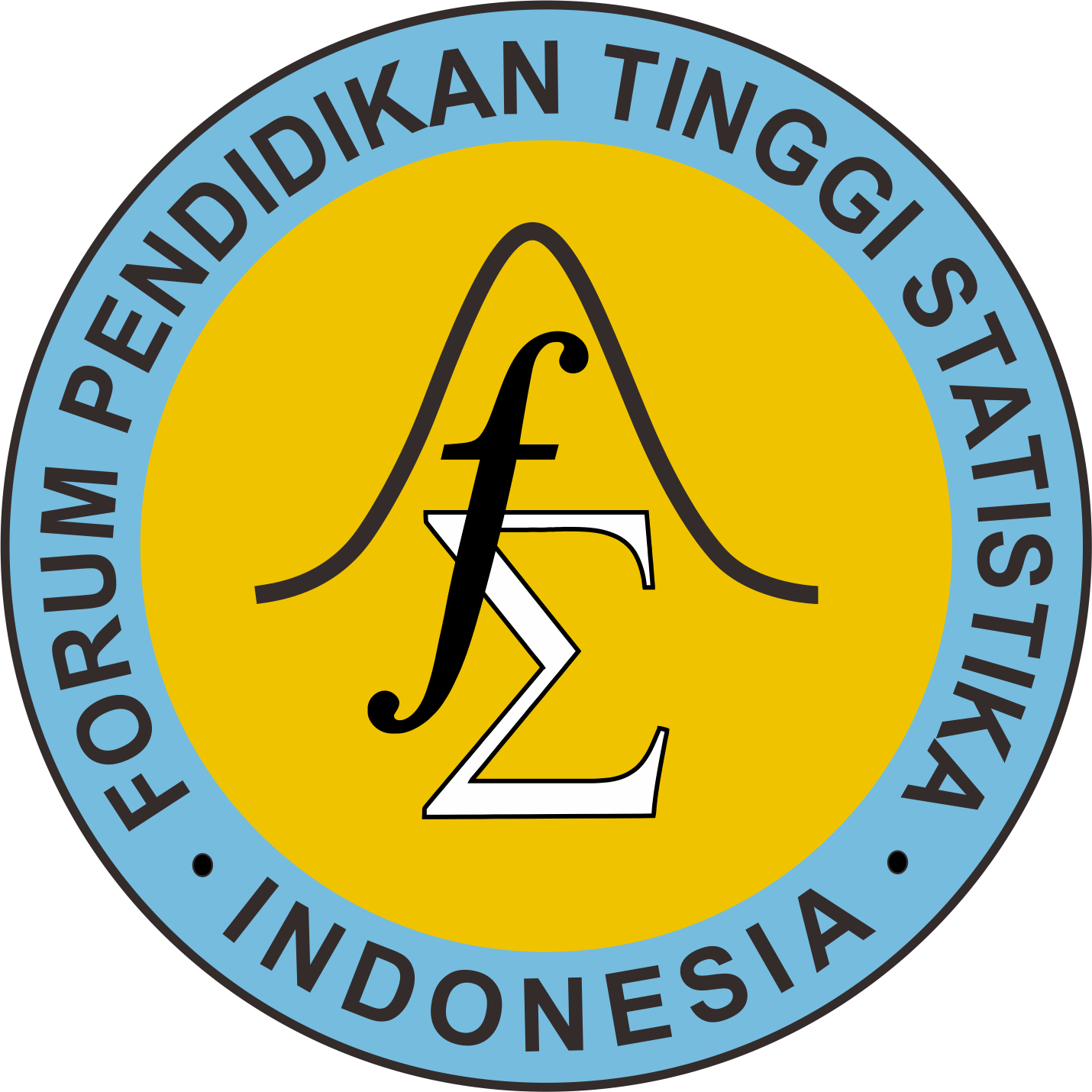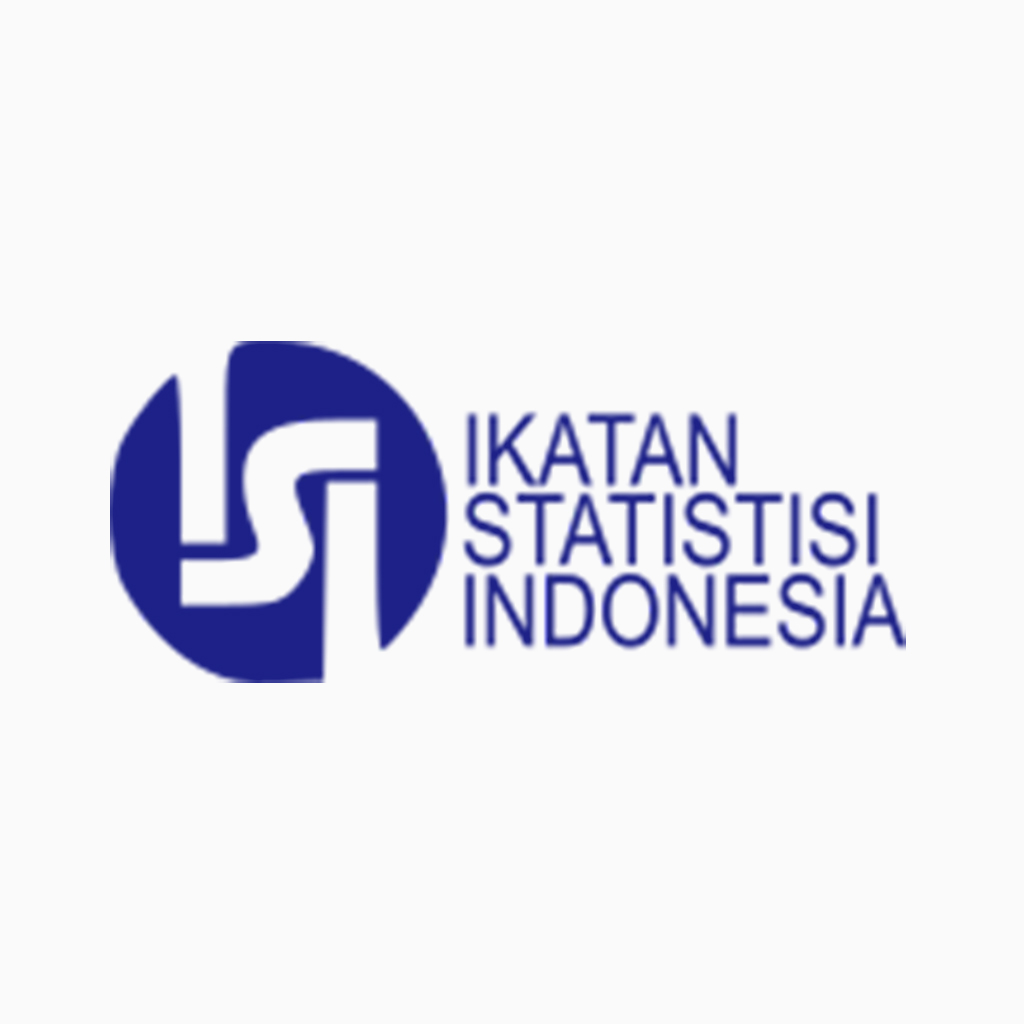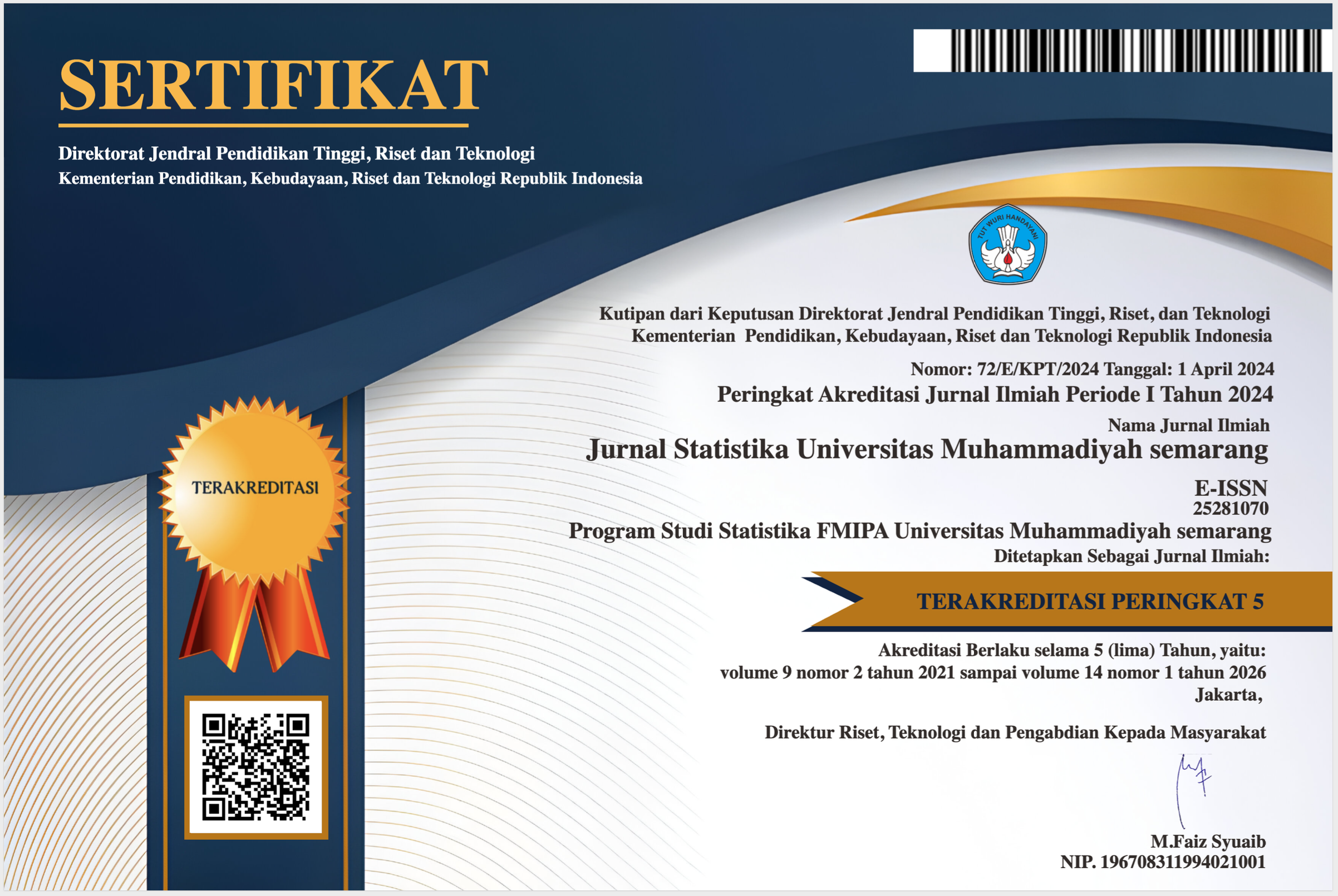CLUSTERING DISTRICT/CITY IN WEST KALIMANTAN BASED ON FACTORS CAUSING STUNTING USING K-HARMONIC MEANS METHOD
(1) Tanjungpura University
(2) Tanjungpura University
(3) Tanjungpura University
(*) Corresponding Author
Abstract
Keywords
Full Text:
PDFReferences
Promkes.kemkes.go.id, “Mengenal Stunting dan Gizi Buruk. Penyebab, Gejala, dan Mencegah,” Promkes.kemkes.go.id,. https://promkes.kemkes.go.id/?p=8486 (accessed Nov. 20, 2022).
V. B. Kusnandar, “10 Provinsi dengan Angka Stunting Tertinggi Nasional Tahun 2021,” databoks, Jul. 12, 2022. https://databoks.katadata.co.id/datapublish/2022/07/12/10-provinsi-dengan-angka-stunting-tertinggi-nasional-tahun-2021 (accessed Oct. 20, 2022).
N. Muharrami, “Angka Stunting KALBAR Ditargetkan 14% di Tahun 2024,” kalbarprov.go.id, Jan. 24, 2022. https://kalbarprov.go.id/berita/angka-stunting-kalbar-ditargetkan-14-di-tahun-2024.html (accessed Oct. 20, 2022).
Kementerian Kesehatan, Buku Saku Pemantauan Status Gizi Tahun 2017. Jakarta: Kementerian Kesehatan , 2018.
A. Salsabila, T. Widiharih, D. Statistika, and F. Sains dan Matematika, “Metode K-Harmonic Means Clustering dengan Validasi Silhouette Coefficient (Studi Kasus : Empat Faktor Utama Penyebab Stunting 34 Provinsi di Indonesia Tahun 2018),” JURNAL GAUSSIAN, vol. 11, no. 1, pp. 11–20, 2022.
I. gede A. Gunadi, “Analisis Cluster Pada Pengelompokan Siswa Diktuk Bintara Polri TA. 2018/2019, SPN Singaraja - Polda Bali Menggunakan K-Means dan K-Harmonic Means,” Jurnal Ilmiah SINUS, vol. 17, no. 2, p. 13, Jul. 2019, doi: 10.30646/sinus.v17i2.421.
D. I. Yunistya, R. Goejantoro, F. Deny, and T. Amijaya, “The Application Of K-Harmonic Means Method In District/City Grouping (Case Study: Poverty in Kalimantan Island in 2020) Penerapan Metode K-Harmonic Means Dalam Pengelompokan Kabupaten/Kota (Studi Kasus: Kemiskinan di Pulau Kalimantan Tahun 2020),” Jurnal Matematika, Statistika dan Komputasi, vol. 19, no. 1, pp. 51–64, 2022, doi: 10.20956/j.v19i1.21116.
A. A. Dzikrullah, “Pengelompokan Provinsi Berdasarkan Kualitas Jaringan Internet Dengan Metode Centroid Linkage,” 2022. [Online]. Available: http://www.ojs.unm.ac.id/jmathcos
H. Usman and N. Sobari, Aplikasi Teknik Multivariate untuk riset pemasaran, 1st ed., vol. 1. Jakarta: Rajawali Pers, 2013.
J. F. Hair, W. C. Black, B. J. Babin, and R. E. Anderson, Multivariate Data Analysis, 7th ed. New York: Pearson, 2010.
Gujarati, N. Damodar, and C. P. Dawn, Dasar-dasar Ekonometrika, 5th ed. Jakarta: Salemba Empat, 2012.
Nicolaus, E. Sulistianingsih, and H. Perdana, “Penentuan Jumlah Cluster Optimal Pada Median Linkage Dengan Indeks Validitas Silhouette,” 2016.
B. Zhang, M. Hsu, and U. Dayal, “K-Harmonic Means -A Spatial Clustering Algorithm with Boosting,” 2001, pp. 31–45. doi: 10.1007/3-540-45244-3_4.
S. Wijaya, M. A. Mukid, D. Ispriyanti, and S. Pengajar, “Pengelompokan Kabupaten/Kota di Jawa Tengah Menurut Kualitas Udara Ambien Menggunakan Analisis K-Harmonic Mean Cluster (Studi Kasus: Kualitas Udara Ambien pada Kawasan Pemukiman di Jawa Tengah Tahun 2015),” Jurnal Ilmiah SINUS, vol. 1, no. 1, pp. 978–602, 2018.
U. Sa’adah, M. Y. Rochayani, D. W. Lestari, and Lusia. D.A, Kupas Tuntas Algoritma Data Mining dan Implementasinya Menggunakan R. Malang: UB Press, 2021.
Article Metrics
Abstract view : 478 timesPDF - 199 times
DOI: https://doi.org/10.26714/jsunimus.12.1.2024.%25p
Refbacks
- There are currently no refbacks.
Copyright (c) 2024 Jurnal Statistika Universitas Muhammadiyah Semarang
Editorial Office:
Department of Statistics
Faculty Of Mathematics And Natural Sciences
Universitas Muhammadiyah Semarang
Jl. Kedungmundu No. 18 Semarang Indonesia
Published by:
Department of Statistics Universitas Muhammadiyah Semarang
This work is licensed under a Creative Commons Attribution 4.0 International License








2.png)



